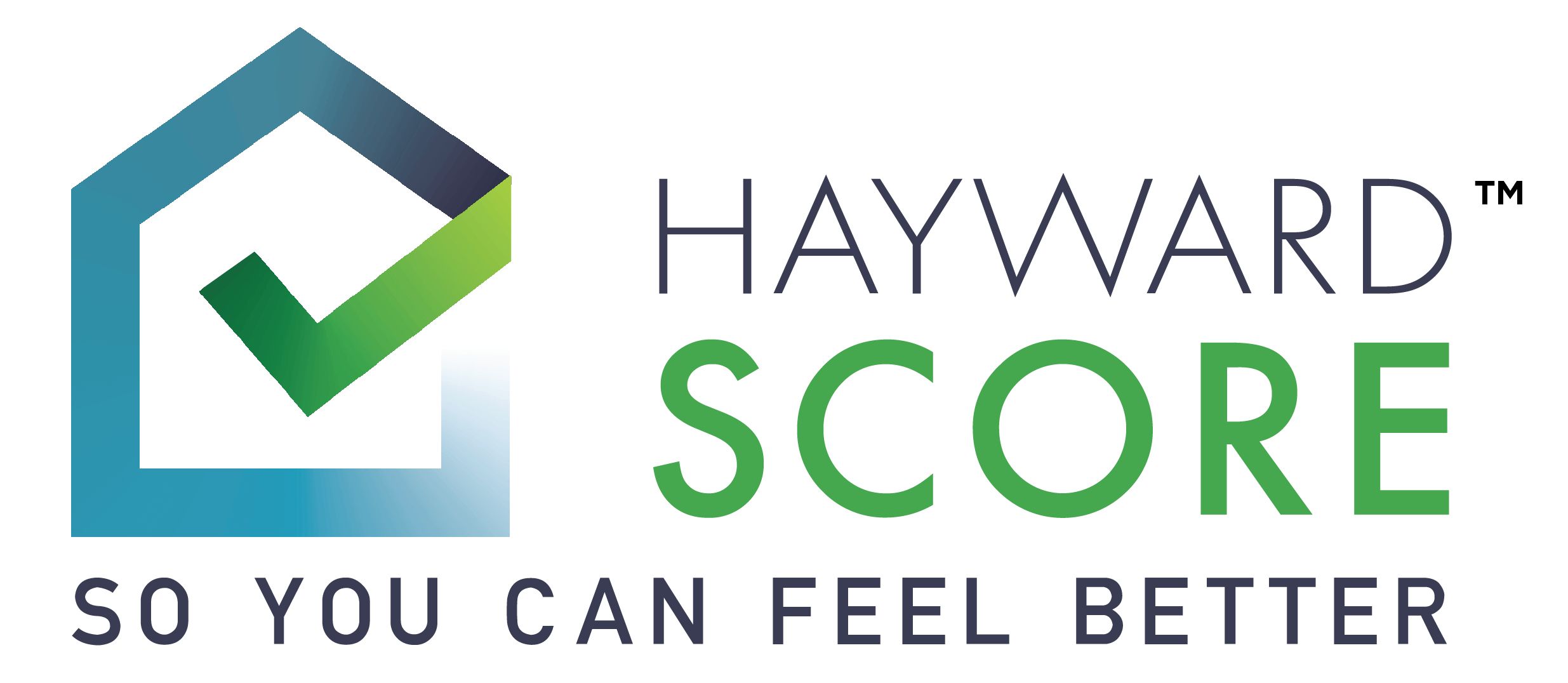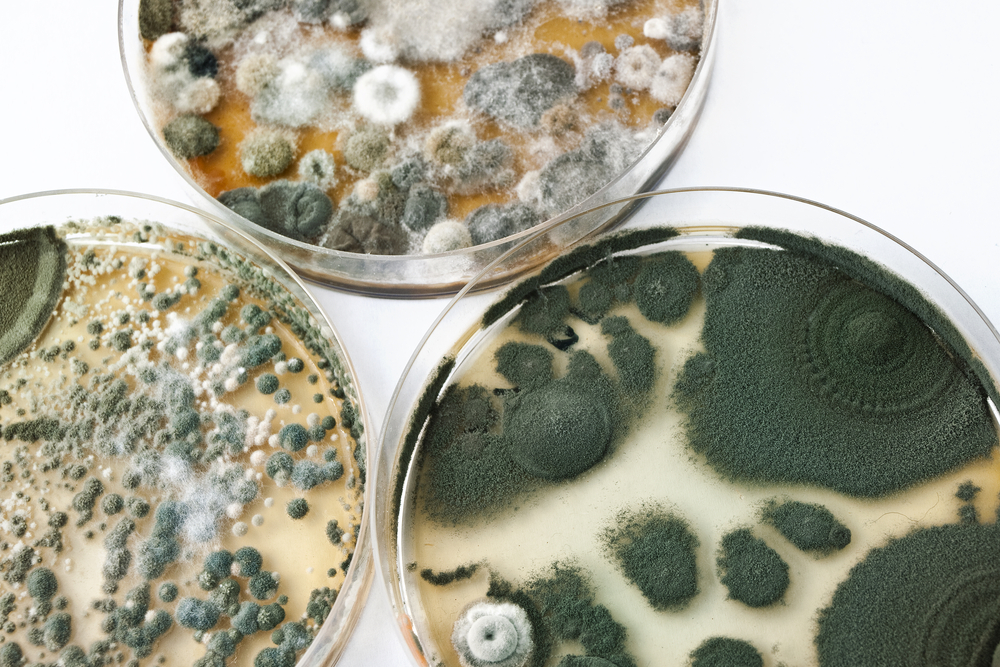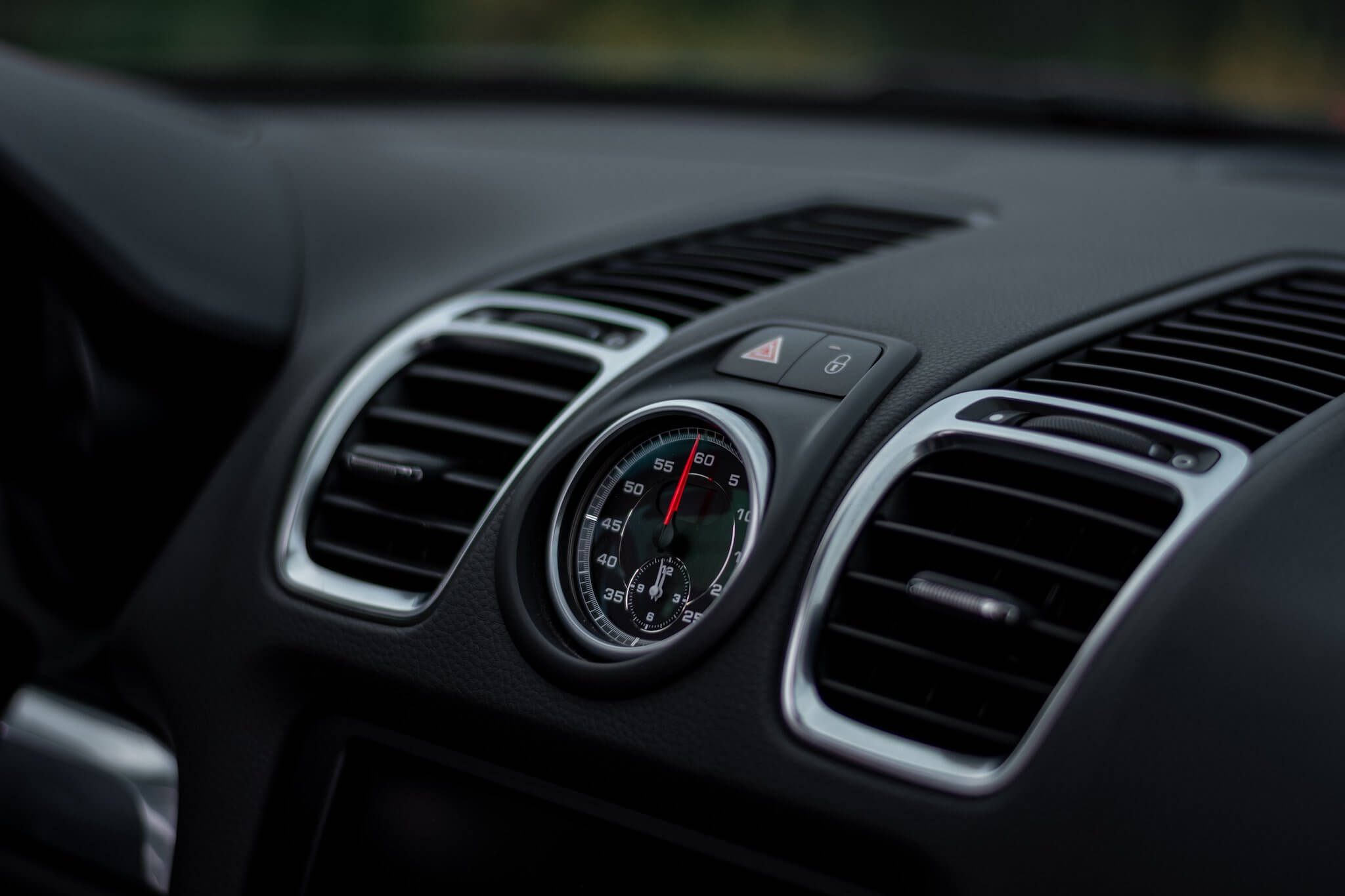Ask an Expert is an occasional feature where we pose a question submitted by a reader to our Healthy Home Director Carl Grimes and Healthy Building Scientist Joe Medosch.
Reader Question: Is bleach the best thing to remove and kill mold growth?
No. Despite what you might read online or have been told by others, especially contractors. Using bleach on visible mold growth is not recommended by either the EPA or the CDC and is not part of the ANSI-IICRC S520 Standard for Professional Mold Remediation.
Forget what you think you know. Here are some simple facts about bleach and mold.
-
- Bleach itself does not physically remove the mold growth, although the bleaching of the color from the growth can appear as if there was removal from the surface. In fact, the water in bleach can actually re-wet porous (like drywall or wood) materials, causing any leftover mold to regrow.
- Bleach does not stop the moisture source that caused the mold growth. New mold can grow unimpeded.
- While bleach is effective for killing most bacteria it is not as effective for killing mold growth.
- Even when “killed,” the dead mold dries out and fragments into the air, creating increased exposure from hundreds to thousands of inhalable particles. The “dead” particles contain the same exposure triggers as the intact spores and growth.
Additionally, bleach is a harsh chemical and exposure may be problematic for people with chemical sensitivity or are impacted by other conditions. It can also react with other household chemicals and create new toxins. Less toxic options are available.
Is bleach ever ok to use on mold?
While bleach can be used for cleaning smooth, non-porous surfaces, such as tile, so can less corrosive, toxic, and expensive procedures. EPA guidelines recommend “Scrub[bing] mold off hard surfaces with detergent and water and dry completely.” We advise using a non-fragranced detergent to minimize exposure to chemicals in the cleaning product you choose.
Bleach, or other disinfectants, may be used but only after removal of visible growth and debris. Its efficacy reduces significantly upon contact with organic matter, requiring sequential application plus removal to reach the lowest layers of growth. “Removal first” is a requirement for FIFRA (Federal Insecticide, Fungicide, and Rodenticide Act ) registered products.
Finally, according to the CDC, bleach is acceptable after storms and disasters if other commonly available products are not available, but cautions that none can “effectively clean up mold if you do not remove the mud and dirt first.”
For detailed information on the best practices for mold removal, click here.
Resources:
1Reponen: https://doi.org/10.1016/j.atmosenv.2007.06.027
2EPA: https://www.epa.gov/mold/mold-cleanup-your-home
3CDC: https://www.cdc.gov/mold/mold-cleanup-bleach.html
Our Experts
Carl Grimes – Carl has both the personal experience of how an unhealthy home created his own disabling health issues, plus professional experience in various industries working in the Indoor Air Quality (IAQ) field. Carl also wrote Starting Points for a Healthy Habitat in 1999, detailing possibilities of what could occur in a house to make its occupants sick, how to identify what was happening, and what to do about it.
Joe Medosch – Joe has almost 30 years of experience as a contractor and 10 years as a master trainer with expertise in home performance, particularly in health and energy-efficiency. His proficiency includes building science & diagnostics and Indoor Air Quality (IAQ) assessments. He has served on numerous committees developing industry standards including RESNET Standard 380, Equipment Sub-Committee, and BPI multifamily standards development.
Hayward Score helps you discover how your home may be impacting your health in minutes – – for FREE!
Answer a quick set of questions then get a personalized list of action items. Transform your home and health today!
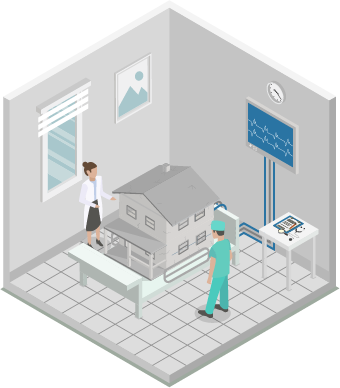
ARE YOU CONCERNED YOUR HOME IS MAKING YOU SICK?
Our guide on indoor quality will help you diagnose possible issues and implement intelligent solutions to improve the quality of the air inside your home.
